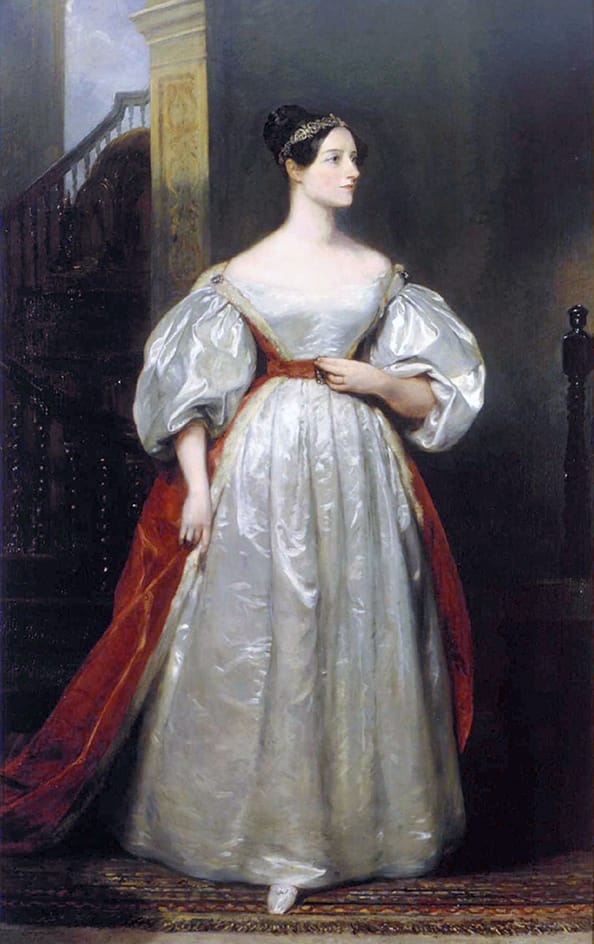Lovelace, Ada (1815-1852), an English noble, wrote the first published computer program and anticipated the potential of computers. In 1979, a computer programming language , Ada, was named in her honor.

Augusta Ada Byron was born on Dec. 10, 1815, in London. She was the daughter of the poet Lord Byron and Anne Isabella Milbanke. Educated privately, she received instruction in a variety of subjects with an emphasis on mathematics. In 1835, she married William King, who was made Earl of Lovelace in 1838.
Ada Lovelace developed an interest in the work of the English mathematician Charles Babbage , whose mechanical computing machine designs were the forerunners of modern computers. In 1843, she translated an article written by the Italian mathematician Luigi Federico Menabrea on Babbage’s “analytical engine.” Her publication, Sketch of the Analytical Engine, contained much original work of her own, including examples of how the machine could be programmed to perform a variety of calculations. She also included an algorithm that could be used to program the machine. An algorithm is a step-by-step procedure for solving a mathematical problem in a limited number of steps. Her algorithm is considered to be the first published computer program.
In her publication, Lovelace stated that the potential of Babbage’s machine would extend beyond just mathematical calculation. By asserting that such a machine would be able to carry out such tasks as music composition and scientific analysis, she anticipated the potential of programmable computers.
Lovelace worked as an associate of Babbage for a number of years. Her health began to deteriorate when she was in her early 20’s. She turned to gambling on horse races, and her losses put her deeply in debt. Lovelace died of cancer on Nov. 27, 1852, in London.
